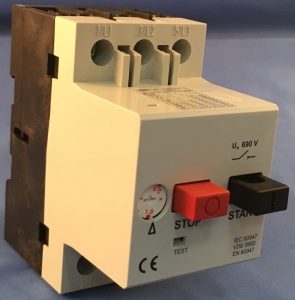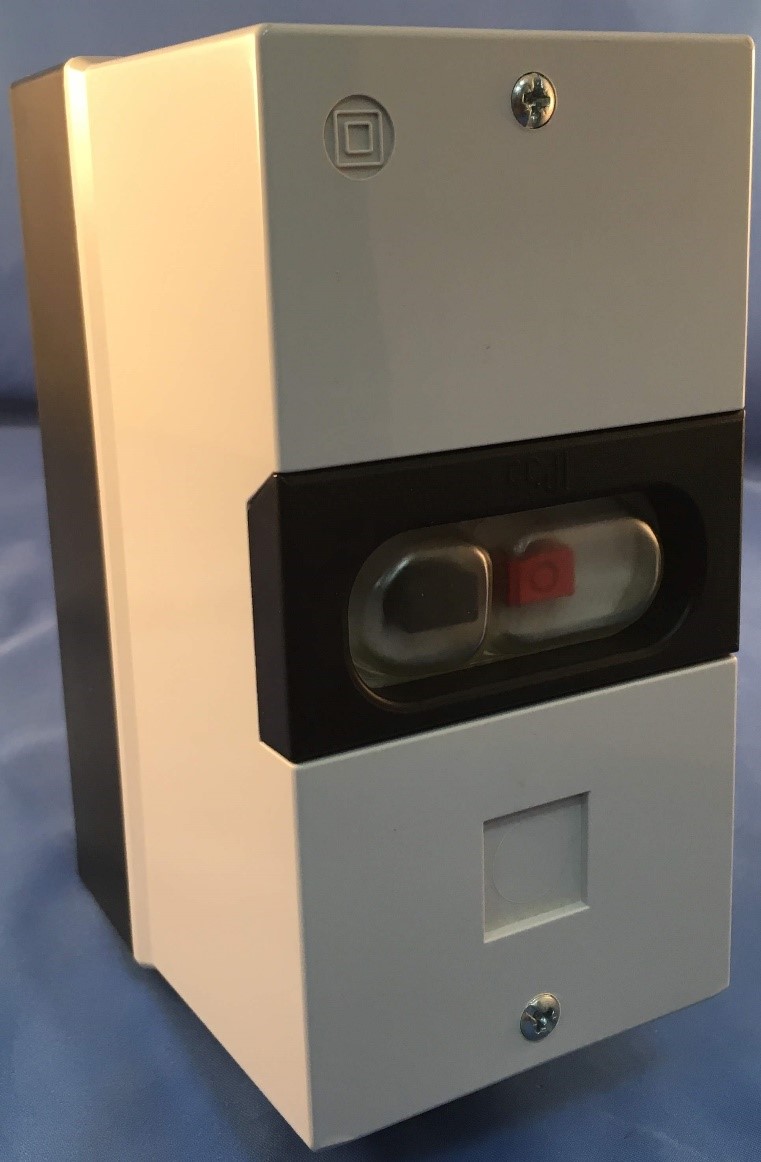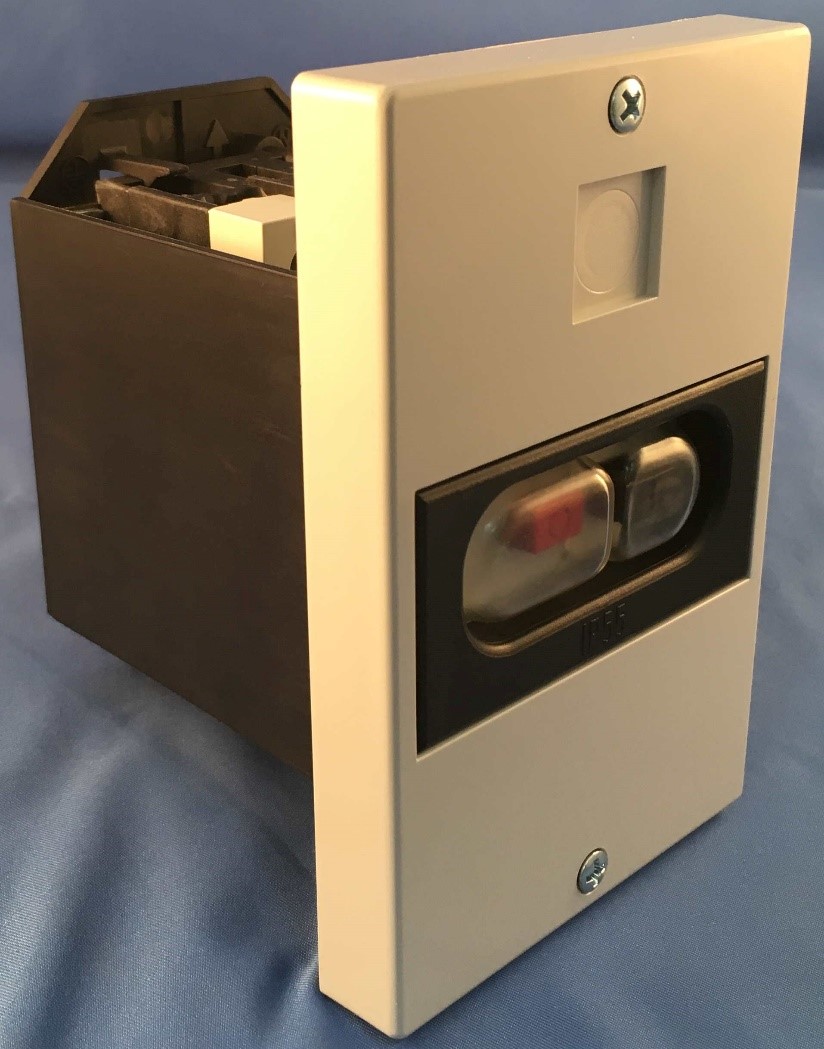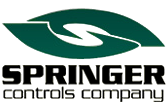Manual motor starters is a term used in the industry to describe a simple, all-in-one motor starter. If you recall our earlier blog post about motor starters, a motor starter is a combination of a contactor and an overload relay. The contactor handles the switching of the power while the overload relay protects the motor from an overload condition (short circuits, stuck motors).
Advantages and Disadvantages of Using a Manual Motor Starter
A manual motor starter combines the contactor and overload into a single assembly.

Figure 1: Manual Motor Starter
There are a few advantages to using a manual motor starter:
- Simple wiring and use. Incoming power wired to L1, L2 and L3 and outgoing power to motor on T1, T2, T3
- Economical.
There are also disadvantages:
- All in one design limits flexibility
- If something is broken the entire assembly must be replaced
With a separate contactor and overload, if the load conditions change (i.e. more or less Amperage required) you can simply replace the overload relay. As long as you stay below the current limitations of the contactor, the overload can be replaced to meet your new requirements.
With a manual motor starter, the entire assembly must be replaced. Obviously, this is only an issue if things change from the original specifications, so this may or may not be an issue in every case. You can add auxiliary relays to manual motor starters, but the amount and type of auxiliary relays are more limited.

Figure 2: Surface Mount Manual Motor Starter
Additionally, because of the all-in-one design, manual motor starters are typically only manufactured for lower amperage applications. Springer Controls offers manual motor starters for applications up to 32A. For comparison’s sake, we offer separate contactor overloads for up to 700A, so there are many applications where manual motor starters are simply not an option because the power requirements are too high.
Manual motor starters can be provided “open” as shown in Figure 1. This is typically for mounting into another enclosure either directly to the back panel or on a DIN rail. Springer Controls also offers two different styles of enclosed manual motor starters.
Surface mount comes in its own IP55 rated enclosure. This rating is dust-tight and watertight from low-pressure water jets from any direction. The poly enclosure is also corrosion-proof, making surface mount a great choice for outdoor applications. Figure 2 shows a surface mount manual motor starter.

Figure 3: Flush Mount Manual Motor Starter
The other enclosed style Springer Controls offers is a flush mount. This is used when you intend to mount the manual motor starter into a separate enclosure, but you would like the on and off/reset buttons accessible without opening the enclosure.
When mounted into an enclosure as intended, the flush mount style is also IP55 rated. Figure 3 shows an example of the flush mount style manual motor starter.
How to Select a Motor Starter for Your Application
We hope this overview has helped your understanding of manual motor starters. We’re always happy to help answer any questions you may have regarding specifying or selecting a manual motor starter for your application. If you have any questions, please contact us and we’ll do our best to guide you.

